How to properly dry winter garlic after digging up and where to store it?
Winter garlic: a finicky crop, the harvest is removed in July. Therefore, how to store winter garlic until spring is a very popular question and has not yet received an exhaustive answer. Most heads before this period, if stored improperly, dry out, rot or become damaged by disease. So, let's try to answer the question and touch on other important topics.
The main condition for long-term storage is the time of harvest
Garlic is dug from the beds when certain conditions occur. No rain for three weeks and harvest maturity.
The first condition is needed for long-term storage. Watering of the plants is stopped three weeks before harvesting. If it rains constantly during the ripening of the heads, thorough drying in a dry place is necessary.
The maturity of garlic is checked in the following way. Inspection of plants - when ripe, the scales become dry and thin, the lower leaves turn yellow and dry, the skin of the inflorescences cracks. The tops are lying on the garden bed. Drying such fruits does not take long.
When overripe, garlic loses nutrients, new roots appear at the bottom, the heads are divided into slices, and those, in turn, begin to ache and rot. Such vegetables are not subject to long-term storage. Therefore, it is important to harvest the crops from the beds on time.
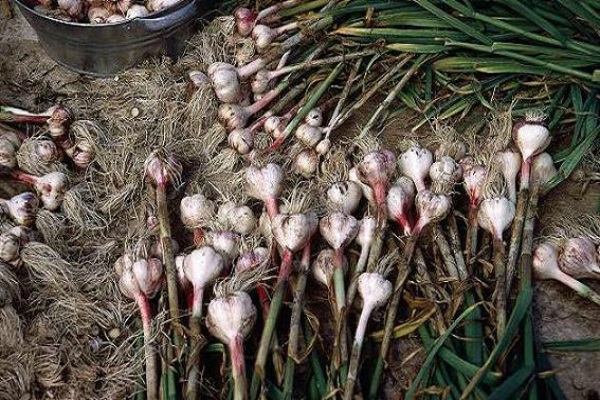
Cleaning of plants
Cleaning is carried out in dry, sunny weather using a fork. They damage the garlic less during harvesting. After digging, the soil is shaken off the plants, damaged and rotten fruits are discarded. The rest should be dried. The foliage is dried along with the fruits.
On dried fruits, the roots and tops are cut off, when stored in braids and bunches, the 30-centimeter tops are left, breaking off the leaves and stems to the desired size.
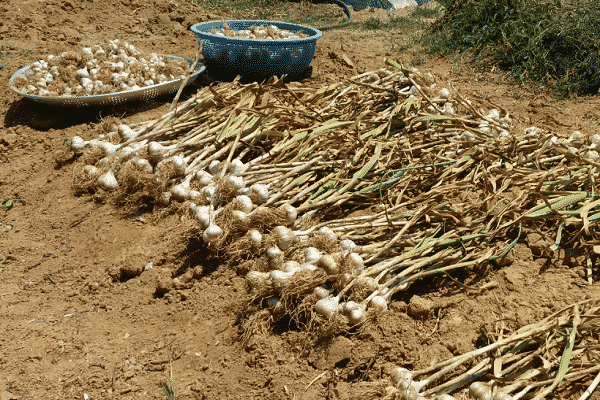
How is winter garlic dried after digging up?
After harvesting, the plants are thoroughly dried before wintering. For this purpose, the following conditions are suitable:
- Garden beds - provided there is no rain.
- Gazebos - always under a roof during the rain, in sunny weather the plants are brought out in the sun.
- Warm, damp rooms. Drying occurs in them when the weather is wet with heavy rains outside. Drying is problematic in wet weather.
Depending on weather conditions, the garlic is dried for up to a month. It is necessary to check the heads for decay, mold, drying out.

Preparation for long-term storage
The dried heads need to be prepared for storing winter garlic at home as follows.Long-term storage will only withstand healthy, not damaged by disease or mechanically, fruits. Three layers of scales should remain on the head - they protect the teeth from drying out and damage. The roots are trimmed, leaving 1 centimeter on the head. We also cut them over a gas or a fire. We sort the heads by size.
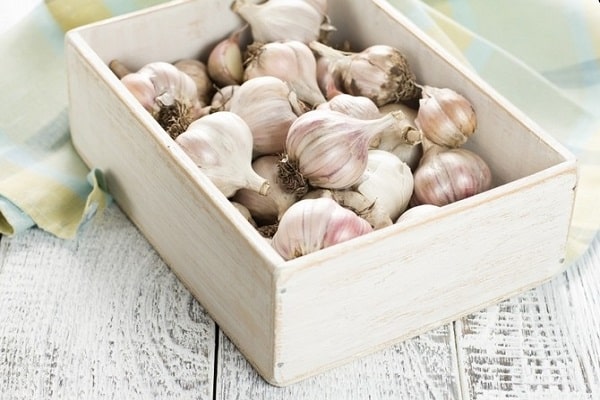
Where to store garlic?
Garlic is stored at home in two ways: cold and warm.
When cold, stored in a basement or refrigerator. In this case, the optimum temperature is from +2 to +4 degrees. Air humidity 70–80%. At higher humidity, it will start to rot.
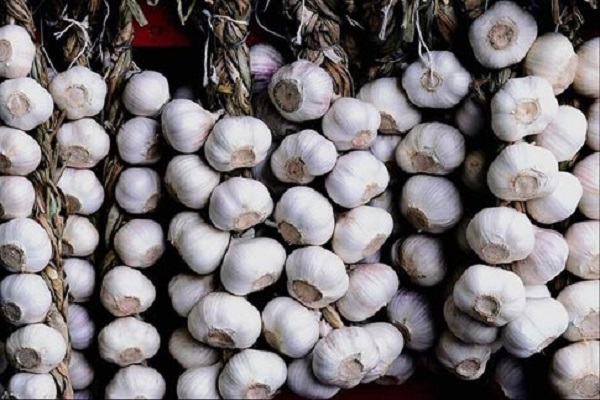
Warm storage - air temperature from 20 to 24 degrees. If the temperature is very high and the air is dry, the cloves will simply dry out. The storage area should be dry, but not near heaters. A bathroom is not suitable for this purpose. Most often, gardeners hang it in the corridor, in the kitchen, attic and closets.
How to store winter crops correctly?
Garlic is prepared in different ways depending on the conditions or storage location. How to keep winter garlic until spring at home?
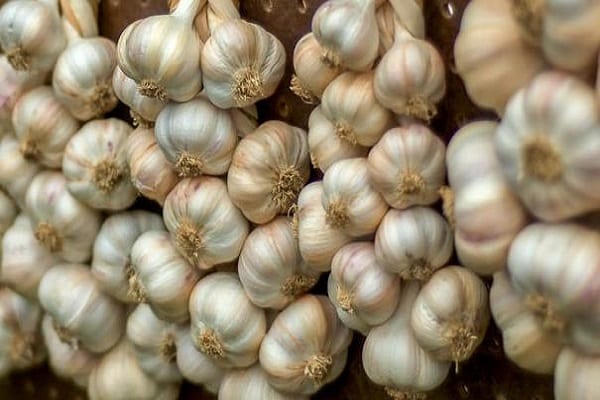
Warm storage is used in the absence of a cellar, basement or free space in the refrigerator. Gardeners use a variety of devices to extend the life of their heads. Below are the most popular ones.
With the cold method, dried fruits are placed in a basement, refrigerator or cellar. There, in winter, the temperature is maintained at + 2- + 4, as in the refrigerator.
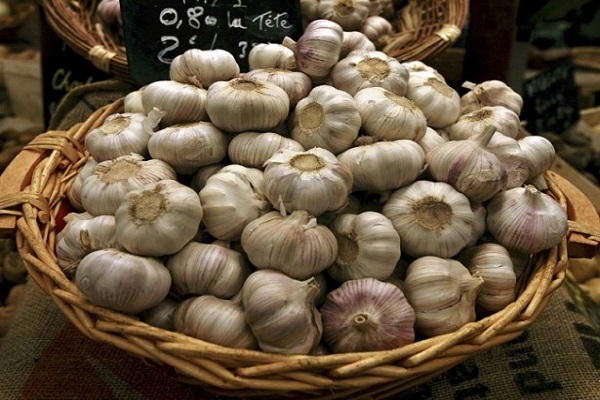
Scythe
Before being placed for the winter, vegetables are prepared a little differently. How to trim correctly? Do not cut the tops off completely. To tie the fruits in pigtails, leave stems 30 centimeters long. Which will subsequently be braided.
For this method of wintering in the fall, fruits with three uncracked shells, whole, of a uniform color, are selected. Braid the garlic into a pigtail for storage, braiding an additional rope into it for hanging. Stored in a dry, warm place in an apartment or house. Often performs a decorative function.
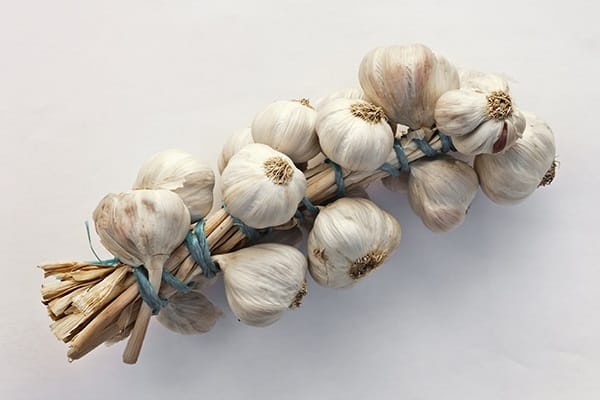
Bunches
The tops are processed, as in pigtails, but then they are tied with a broom of 10-15 heads and hung in a dry, warm place. It should be noted that the air temperature in the room should not exceed 24 degrees, otherwise the teeth will wither.
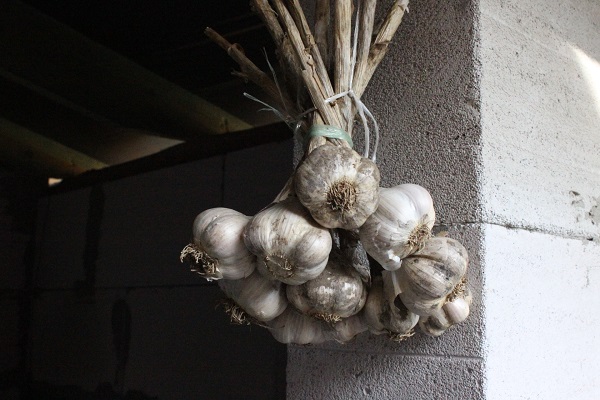
Banks
In jars, winter garlic is stored longer at home due to the lack of air circulation. They are pre-sterilized. They select even, uncracked heads of a uniform color, without spots, rotting and germination. They are placed in prepared cans and rolled up. Store in lockers, closets.
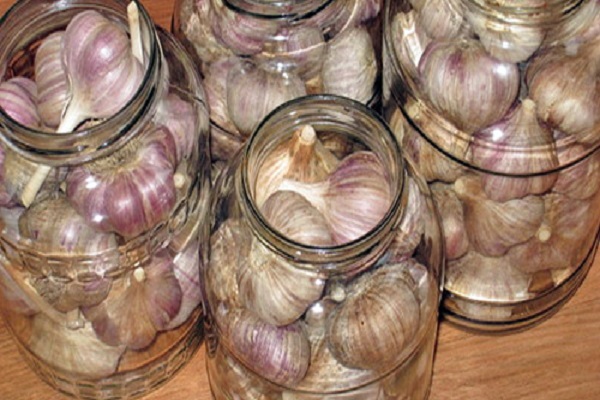
Boxes
A large number of vegetables are placed in a wooden or cardboard container for wintering in the fall. Pre-selected dried, not infected fruits. The boxes are placed in a warm room in which the air temperature is kept from 18 to 24 degrees. Winter crops are also stored in boxes in a cold way, placed in a basement or cellar. The crop that has lain in this way is used as a planting material for garlic cloves during spring sowing.
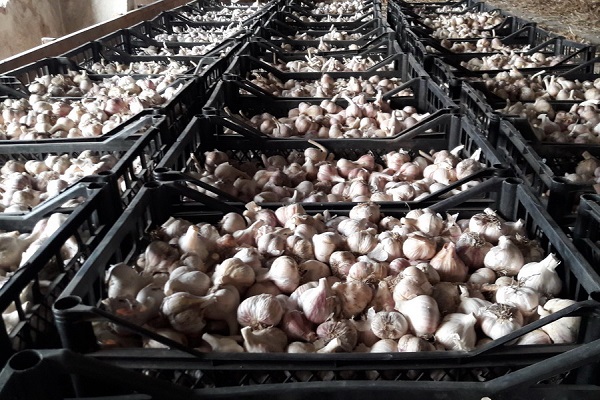
Wicker baskets
They store in birch bark baskets the same way as in boxes.
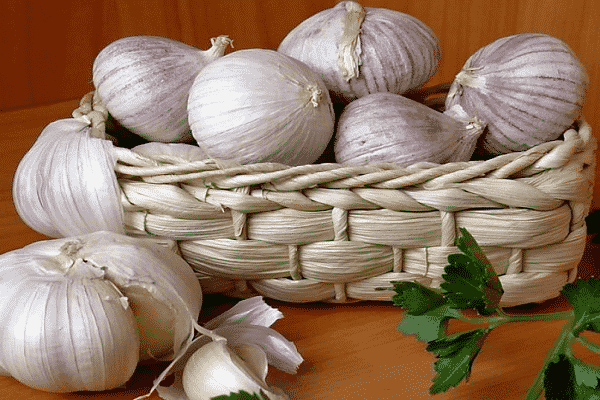
Nylon stockings
Our great-grandmothers kept onion ones in stockings. The method is time-tested. They are stored for a long time provided they are placed in a warm room with an optimal temperature.

Grid
Store in nets, as in nylon. They are hung in the closet, in the hallway or in the kitchen. Water overmoistening should not be allowed, vegetables will rot. We plant these teeth in the beds in the spring.
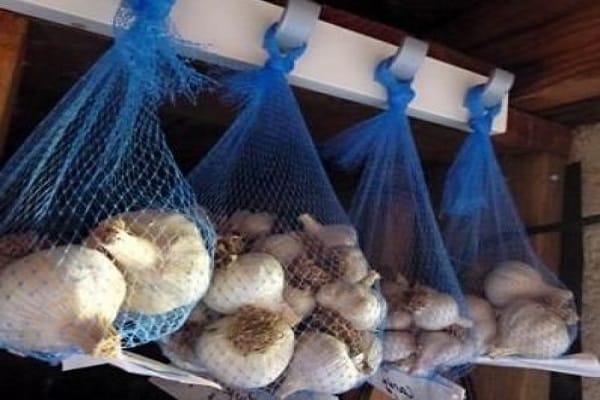
Paraffin
An excellent but time consuming way. Healthy, dried fruits are selected, dipped in heated paraffin and placed in a container. With this method, vegetables do not lose moisture, as they are sealed with paraffin.

Sunflower oil
Each prepared fruit is dipped in boiled vegetable oil for an hour, then put in a glass container, covered with a lid and left for the winter in a cold or warm room. Sterilized oil will keep germs and fungi from growing. With this method, the garlic is stored until spring.

Sprinkle with flour, onion peel, salt
With this method, the cut material is placed in a container. Jars, boxes, baskets will do. Spread out in layers, sprinkling each layer with flour, salt or husk. A prerequisite, the first layer must consist of the poured material. The fruits are completely closed from the influence of the external environment. It can be stored in this way both in warm and cold rooms.
When wintering garlic, it is important to inspect the fruits for rot, germination and drying out. Defective heads are removed from the bulk. Otherwise, one head will ruin the entire crop. Maintain optimal temperature and humidity. If these conditions are met, the saved winter garlic will lie without loss until new cloves are planted and will delight the owners with tasty cloves until the next harvest. Store winter crops properly.
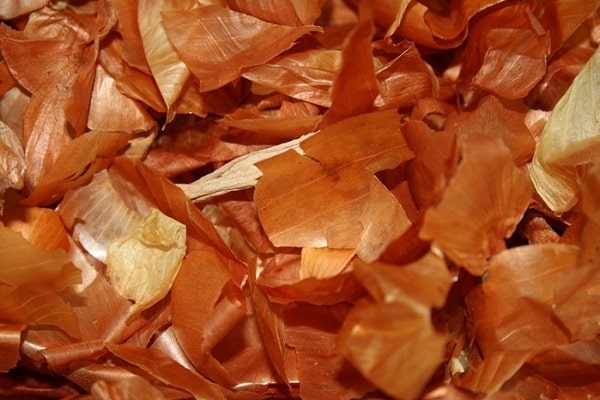
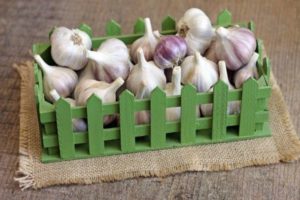
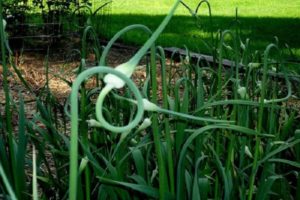
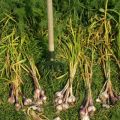



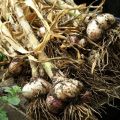
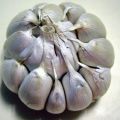
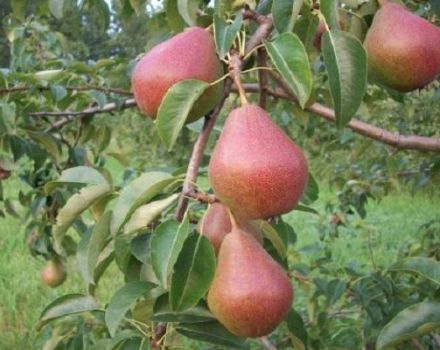
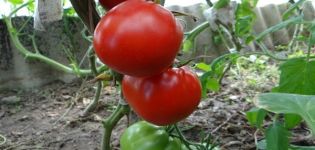
it's amazing how everyone writes the same thing, but they don't write what kind of garlic to plant before winter. I will break the topic into sections:
1. winter garlic was dug, maximum as they say it is stored until spring. QUESTION WHAT TO PLANT NEXT AUTUMN UNDER WINTER ??? You can't plant this one, it just won't be there.
2. write that the stored WINTER garlic can be planted in the spring. Wait, but this is spring garlic? does it make sense: winter or spring only by planting time ???
3. Well, according to the logic of the authors, we plant winter garlic, dug out last summer and stored until spring, and plant it this spring. Then we dig it out in September and in September and plant it ?? something is wrong here.
4. If there are two types of garlic: winter and spring, explain how to save winter garlic until the next planting in AUTUMN !!!, To plant it before winter. Well, copywriters break their spears, there is zero information on the Internet ...
An article on how to preserve garlic until spring. And not what to plant in the fall or spring. You are a little confused. Write in Yandex: what to plant in autumn or spring, and you will find out!
Winter garlic is dug up in July-August and in autumn its largest heads are planted, i.e. it takes only 2-3 months from digging to planting.
Digging in August. We plant part of the cloves of garlic in October of the same year. And so from year to year.
Of course, if you have tested your proposed method in practice, it works. Only one caveat: you did not indicate in which region you live. Most likely in one of the southern ones. This means that the climatic conditions there are milder. For most Russians, the method indicated in the article with a dig in July is suitable. And your comment will be useful to all summer residents. But only if you indicate for which area it is suitable.